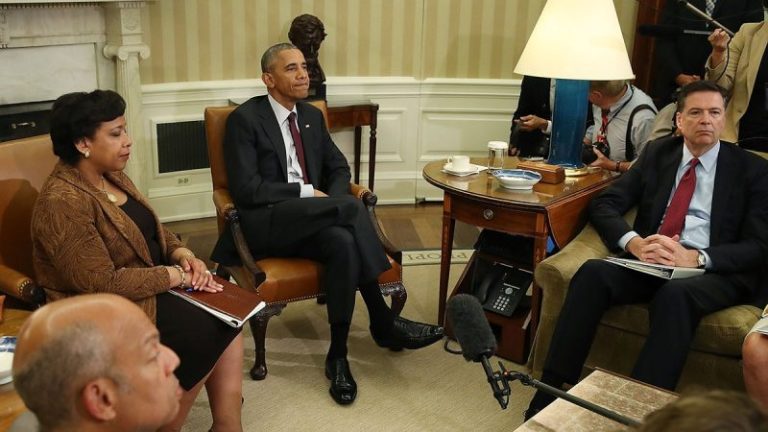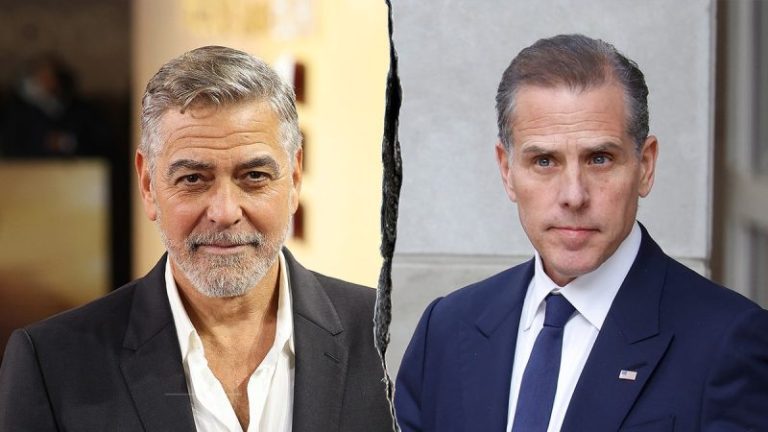Continued fallout from the handling of Jeffrey Epstein’s case has partially paralyzed House Republicans’ agenda this week.
Frustrated GOP lawmakers have found themselves in a political minefield over the late pedophile, pointing fingers at each other, Democrats and even the Trump administration as members of President Donald Trump’s base continue to clamor for immediate transparency.
‘We ought to be consistent and transparent. So we have consistently asked for the release of the Epstein files, and that shouldn’t stop now that we are in charge,’ one House Republican told Fox News Digital under the condition of anonymity.
‘This issue is not going away. The quicker we deal with it and nip it in the bud, then we take it off the table as an issue the Democrats can use against us and can be used, as you see, procedurally, to stop other good legislation from going through.’
A Department of Justice (DOJ) memo earlier this month declaring the Epstein case closed ignited a civil war within the GOP, with figures on the far right accusing Trump officials of stonewalling despite promises of transparency.
Days later, Trump called on a federal judge to release grand jury testimony in Epstein’s case.
Democrats, meanwhile, have seized on the discord with newfound calls to ‘release the Epstein files,’ as Rep. Jim McGovern, D-Mass., the top Democrat on the House Rules Committee, put it on multiple occasions.
Democrats on the panel – which serves as the final gatekeeper to legislation that requires a simple majority vote – have used their ability to introduce an unlimited number of amendments during committee hearings to force Republicans to take politically sticky votes on releasing information about Epstein.
‘There is a list, that list is a victim list. And you’ve got to carefully walk through a victims list, because it involved Epstein. Epstein was involved with minors,’ said Rep. Ryan Zinke, R-Mont. ‘I think the other thing is, I find ironic just out of circumstance, that the Democrats are pushing so hard for an Epstein file that the Biden administration had for four years.’
It led to House GOP leaders advancing a nonbinding resolution calling on the Trump administration to release the files, though it’s not clear when that will receive a chamber-wide vote.
But Democrats pledged to work from the same playbook during a Monday night Rules Committee hearing to kick off the GOP agenda. Republicans responded by forcing those proceedings to grind to a halt.
House leaders canceled a planned day of voting on Thursday – sending lawmakers to August recess a day early.
‘The rules committee will not be meeting, and rightfully so. They were going to use the whole time, and they told us, just amendment after amendment. They think they’ve got a wedge in this – they don’t,’ committee member Rep. Ralph Norman, R-S.C., told Fox News Digital.
He’s one of several House Republicans who told Fox News Digital they were giving deference to the Trump administration on handling the issue – while praising how the White House has handled it so far.
Multiple lawmakers told Fox News Digital that Speaker Mike Johnson, R-La., urged Republicans in their Tuesday morning closed-door conference to allow the administration to do its work and not demand the release of information that could risk harming Epstein’s victims.
One person said, ‘We don’t want to embarrass ourselves, keep asking and asking for something, then it comes out, and it’s like – ‘We didn’t want that.’ But I mean, we’ve got to trust the administration.’
‘The administration has done a great job. All the wins that they have – I’m not going to let this waylay them,’ Norman said. ‘In 45 days or two months, if nothing happens, that’ll be a problem. But that won’t happen. We’re going to get it out.’
Moments later he took to X to demand an immediate vote on the nonbinding Epstein resolution, however.
‘The American people deserve action, not excuses. Let’s vote on it before August recess and get it DONE!!’ Norman said.
The South Carolina Republican, who is considering a bid for governor, is one of several conservatives pushing the issue, despite GOP leaders’ pleas to stay quiet on the matter.
Rep. Thomas Massie, R-Ky., teamed up with Rep. Ro Khanna, D-Calif., on a measure that could force a House-wide vote on releasing Epstein-related documents – if it netted a majority of the chamber’s support. That mechanism, called a discharge petition, could force House GOP leaders into a difficult position when they are back in early September.
Several Republican lawmakers have signed onto Massie’s measure in support.
Meanwhile, the House Oversight Committee unanimously approved a move by Rep. Tim Burchett, R-Tenn., to call for imprisoned ex-Epstein associate Ghislaine Maxwell to be subpoenaed.
Three more House Republicans, however, told Fox News Digital they believe most lawmakers want the matter to dissipate.
One locked in on Massie and his nonbinding resolution, ‘He’s doing all of this for self-promotion and attention, and it’s sad and pathetic.’
Even Johnson took aim at Massie during his weekly press conference when asked about his discharge petition.
‘It’s interesting to me that he chose the election of President Trump to bring this, to team up with the Democrats and bring this discharge petition,’ the speaker said.
‘I also try to follow the Scripture. You know it says, Bless those who persecute you. So let me just say about Thomas Massie: Could you just accept my Southern, bless his heart.’
He also pointed out the administration was in the process of sifting through what information it could release.
‘There’s no purpose for Congress to push an administration to do something that they’re already doing. And so this is for political games. I’m very, very resolute on this. We can both call for full transparency and also protect victims,’ Johnson said.
Rep. Marjorie Taylor Greene, R-Ga., a Trump ally who is backing Massie’s discharge petition, told reporters, ‘I’m all for transparency, but we just have to be a little patient with the court.’
Several people noted that any bombshell information implicating Trump or other high-level figures would have leaked by now.
But the two other House Republicans who spoke with Fox News Digital said they and their colleagues were frustrated with how the Trump administration has handled the matter so far.
‘We need to give it the opportunity to simmer down,’ one of the two lawmakers said. ‘I will say, for me, when you say the list is on your desk, and there’s no list – you can’t take that one back. And I think that’s probably the genesis of the whole thing.’
That was in reference to Bondi telling Fox News Channel of Epstein’s client list in February, ‘It’s sitting on my desk right now to review.’
Another GOP lawmaker told Fox News Digital, ‘You can’t set up all these expectations and then not expect some criticism on the backend when you decide to not move forward with it… I don’t understand it at all.’
And Massie, for his part, has remained fixed in his course while arguing that doing otherwise will cost Republicans the 2026 elections. He also accused Johnson of telling Republicans to ‘stick your head in the sand’ and defer to the Trump administration.
‘If we don’t take the right side of this issue, it’s going to cost us votes in the midterms. People are becoming despondent. They’re apathetic. Why would they go vote if they gave us the House, the Senate and the White House and the transparency and justice they were promised doesn’t happen?’ Massie said. ‘And I think it could be a real problem for us. That’s why it would behoove the speaker to bring this to the floor. It would be in the best interest of this institution just to vote this out and give it to the Senate and let them do their thing.’
When reached for comment, the White House responded with a lengthy statement touting Trump’s accomplishments that did not mention Epstein.
‘Under President Trump’s leadership, the Republican Party has achieved unprecedented unity and strength. After securing the largest share of votes ever for a Republican presidential nominee and winning majorities in both the House and Senate, President Trump has delivered the most impactful first six months of any presidency. He has fulfilled numerous campaign promises – and then some!’ said spokesman Harrison Fields.
Indeed, Republicans have had a number of significant legislative successes this year, even with a razor-thin majority.
When reached for comment, a DOJ spokesperson pointed Fox News Digital to Deputy Attorney General Todd Blanche’s statement on Tuesday, digging in on the department’s earlier memo.
‘[I]n the recent thorough review of the files maintained by the FBI in the Epstein case, no evidence was uncovered that could predicate an investigation against uncharged third parties. President Trump has told us to release all credible evidence. If Ghislane Maxwell has information about anyone who has committed crimes against victims, the FBI and the DOJ will hear what she has to say,’ Blanche said. ‘Therefore, at the direction of Attorney General Bondi, I have communicated with counsel for Ms. Maxwell to determine whether she would be willing to speak with prosecutors from the Department.’










